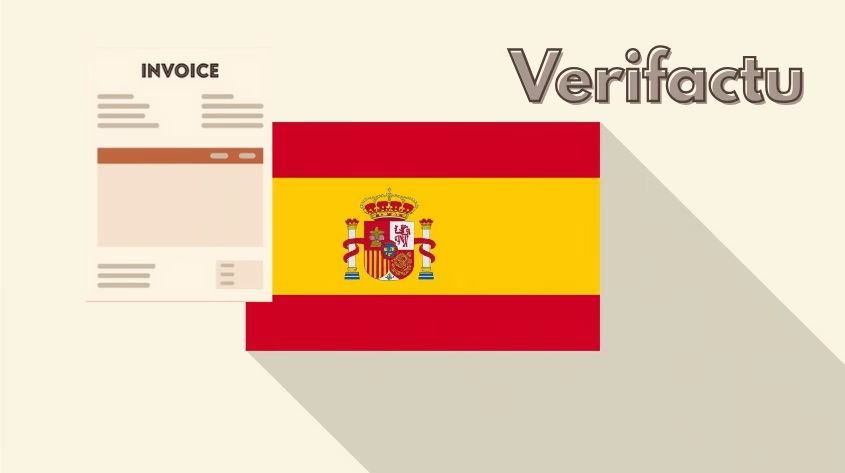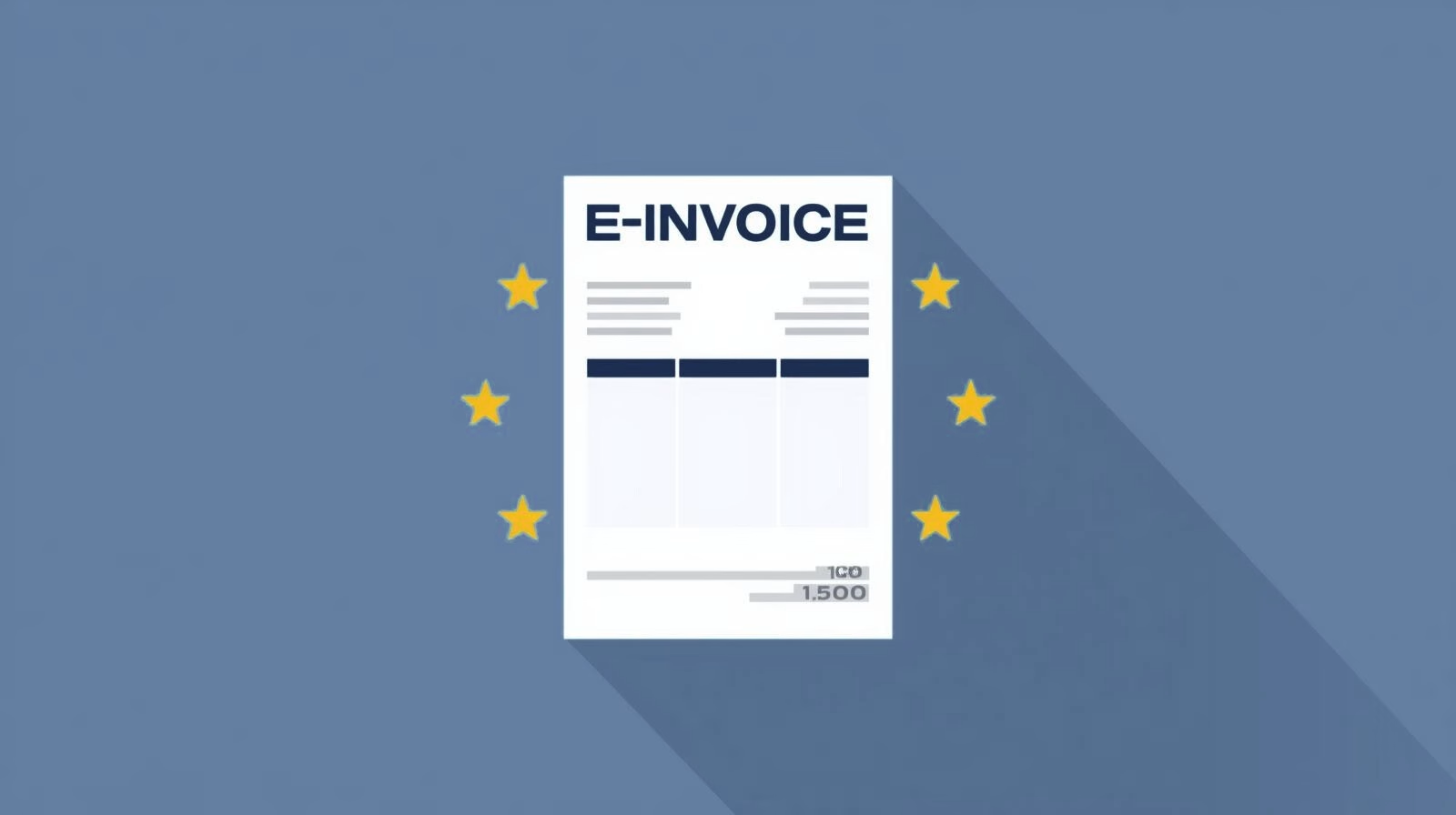the Unscheduled amortisation recognises unforeseen and non-regular impairments of assets that exceed scheduled depreciation and amortisation. It is recognised if there is a permanent impairment and serves as a realistic representation of the company's asset situation.

Typical causes:
- Accidents or total losses (e.g. destroyed company car)
- Technical wear and tear or economic loss of value (e.g. outdated machines)
- Bad debt losses from uncollectible customer receivables
- Price losses on financial investments
- Spoilt or devalued stock
Types of assets affected:
- Fixed assets: Property, plant and equipment, intangible assets, financial assets
- Current assets: Receivables, inventories, securities (strict lower of cost or market principle)
Legal basis:
- HGB (§ 253): Differentiation between scheduled and unscheduled depreciation
- EStG (section 6 (1) no. 1 sentence 3): The benchmark is the going-concern value - i.e. the estimated market value
- IFRS: IAS 36 regulates the impairment test, IAS 16 and IAS 38 the application to fixed assets
- UGB (Austria): § Section 204 UGB contains corresponding regulations for fixed assets
Posting:
- recognised in profit or loss via the account "Impairment losses"
- In cost accounting, possibly as Imputed risks treated
Special features in SAP Business One:
- Recording via Manual amortisation with selection of the type "Unscheduled depreciation"
- No automatic control - Manual receipt required
Reversal of impairment losses:
- IFRS: Reversal of impairment losses possible if reasons for amortisation no longer apply
- HGB: Prohibition of reversal of impairment losses on fixed assets
Example: A machine is severely damaged in a production accident. The fair value falls permanently below the book value. An impairment loss is recognised in SAP Business One. The carrying amount is reduced to correctly reflect the actual recoverability.

Verifactu in Spain: the new invoicing obligation

The e-invoicing regulations in Europe

Versino Financial Suite V09.2025 for SAP Business One

Accounting outsourcing: Why it pays off for SMEs

CANDIS for SAP Business One
